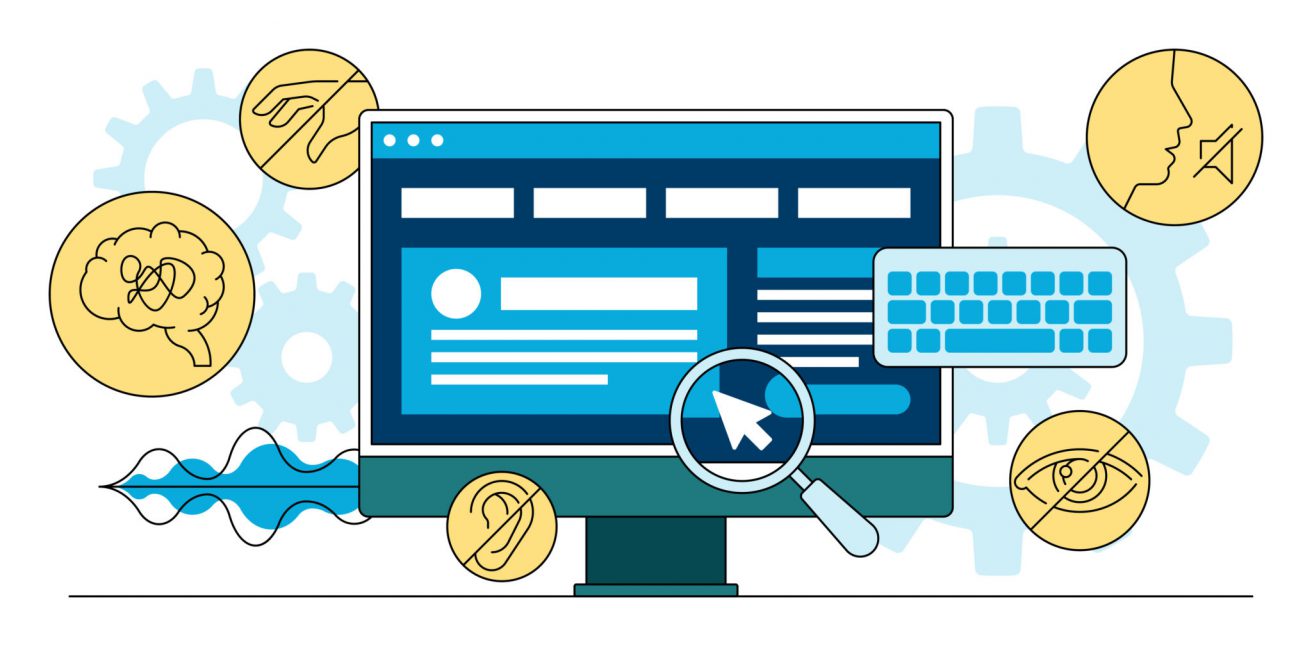How Tech Has Aided Accessibility

As new technology develops, so does the opportunity to be more inclusive. Over the years, the tech industry has come a long way in accommodating individuals of all ability levels and using innovation to fill complex gaps. As much as innovating new technologies impacts business operations, it can also make a great difference in aiding people’s daily routines. This National Disability Independence Day, let’s visit a few examples of how the tech industry has contributed to more independence for individuals with disabilities.
Mobile Apps
There has been a major development in mobile apps assisting in everyday life, whether it’s with vision, hearing, learning disabilities, etc. For example, Petralex serves as a mobile hearing aid that caters to the user’s specific needs to help with speech recognition, acoustic amplification and dynamic compression. Be My Eyes connects blind and low-sight individuals with app users from anywhere in the world to assist with tasks like differentiating dollar bills or sorting mail. Voice Dream is an accessible reading tool designed to aid those with reading disabilities, like dyslexia, with features like proofreading, text-to-speech features, phonetic word finders and more.
The prevalence of these apps, and the ability to have them right at our fingertips, not only helps with these tasks but helps eliminate the stigma of needing these resources. They also work to establish a new level of independence and self-confidence in daily routines.
Closed Captioning
Closed captioning is a perfect example of accessibility features being normalized in daily life. Even individuals without any hearing loss utilize closed captioning in a variety of ways, whether it’s for professional training sessions, watching television at home or catching up on voicemails. Movie theaters across the world have started using closed captioning in certain screenings for those who need them or just simply prefer them. In October of 2021, AMC Entertainment announced that they would be adding onscreen captions to 240 locations across the U.S. with the goal of making “a real advance for those with hearing difficulties or where English is a second language.” This trend paves the way for even more accommodations to be offered on a wider scale.
Prosthetics
The world of prosthetics has been greatly impacted by technology, especially with the emergence of 3D printing, device implants and digital design tools. The development of these technologies has allowed for prosthetics to be more personalized to the individual’s needs, lifestyle and goals. 3D printing has also made these resources much more accessible and affordable, allowing for a more widespread adoption of this technology for medicine. Even past the design phase, the use of artificial intelligence and machine learning has aided in amputees’ abilities to move their prothesis more intuitively.
Looking Forward
Technology has come a long way in this feat, but we’ve still got a lot of work to do when it comes to accommodating more individuals and bringing new perspectives into the tech space. As these opportunities arise, it is crucial that we take advantage of the software, tools and expertise we already have, and apply them in innovative ways that make a difference.



